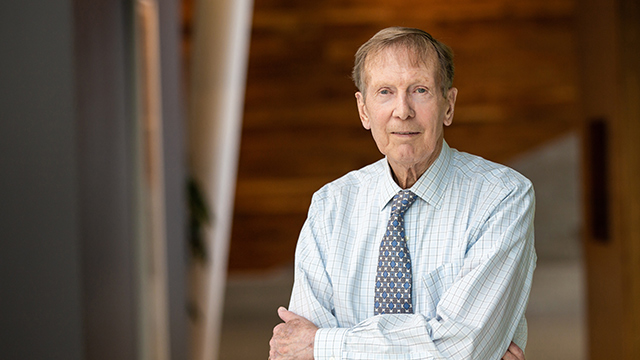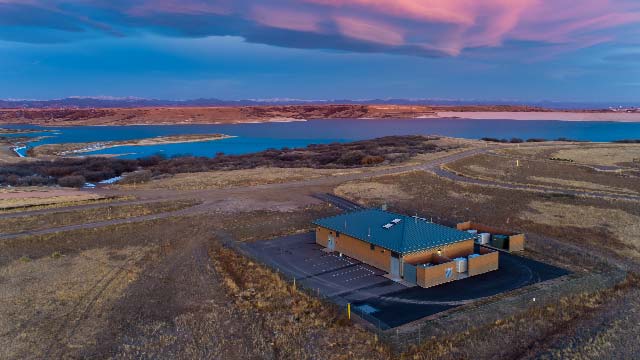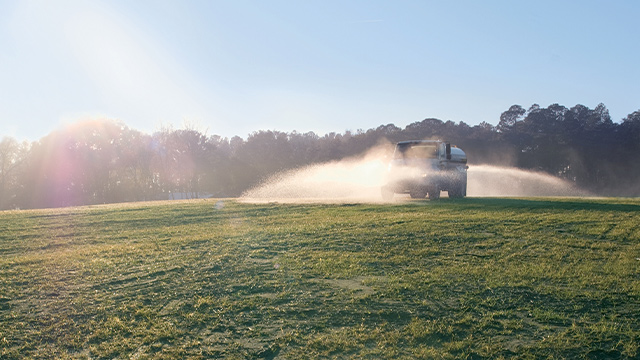Leaving absolutely nothing to waste, operators of the Oceanside, California, wastewater plant credit biogas — generated from sewage they process — for covering one-third of their site’s energy power needs. In cities across the U.S., from Seattle to the Washington, D.C., metropolitan area, and from Boston to Austin, human waste conveyed by sewer systems to waste resource recovery plants undergoes a heated, microbial makeover, ultimately emerging as a nutrient-rich and safe biofertilizer. The benefits don’t stop there; microbes also convert part of the solids under anaerobic conditions into biogas, a renewable fuel.
It’s all a snapshot of ways in which some U.S. wastewater plants — significant energy consumers often viewed as rigid in their ways in the face of evolving technologies — are rethinking how a sustainable waste supply can be morphed into something greater and greener.
Yet the question remains: With advances in nutrient recovery and waste-to-energy presenting a potential shift in paradigms about extracting more ecological and agronomic benefits from treated wastewater, is the pace of evolution by U.S. wastewater plant stakeholders too slow?
According to Black & Veatch’s 2018 Strategic Directions: Water Report survey, energy recovery got scant traction in terms of what the industry considers to be the most sizeable sustainability issues for water utilities. Just 10 percent deemed that matter significant, a vast outlier to the roughly 43 percent who placed maintaining or expanding asset life atop the sustainability list.
Separately, more than one-third of respondents said their wastewater treatment site is in the greatest need of repair or replacement because of its age, trailing only concerns about distribution and transmission mains (Figure 1).
Figure 1: Which of the following are in the greatest need of repair and/or replacement due to age within your organization?

The conventional practice in the wastewater space has been to treat the incoming municipal wastewater and meet discharge limits, with thoughts of doing anything different typically cast as a distraction or hassle, often with a considerable price tag attached. In fact, as the infrastructure of wastewater sites continues to age and stakeholders fret about how to address that in the most reasonably cost-effective ways, roughly half of survey respondents listed budget constraints or higher priority issues as the biggest challenges for municipal agencies to pursue nutrient, water or energy recovery solutions (Figure 2).
Figure 2: What is the biggest challenge for water utilities to pursuing water and/or energy solutions?

Even so, opportunities abound in terms of adopting technological upgrades or, even simpler, making better use of what’s already there. That includes maximizing the capacity of existing anaerobic digesters harnessing the generated biogas for beneficial use, or using those digesters to create soil-like “biosolids” or biofertilizer that are free of harmful pathogens and odors while rich in phosphorus and nitrogen, key elements in agriculture and urban farming.
That biogas typically requires refinement before it can be used, for example, as a fuel in boilers or energy generators to meet the plant’s heat or power needs, or be used in vehicles that accommodate compressed natural gas (CNG). While using the gaseous leftovers of wastewater treatment to create energy is common in Europe, the United States appears to be slow to putting low-tech biogas to use, perhaps because of the depressed prices of natural gas.
Nearly half of survey respondents say their biogas is simply burned off, meaning it is not harnessed for economic or social benefits.
On the biosolids front, water resource recovery facilities in many U.S. metropolitan areas — Milwaukee, Seattle, Tacoma, Austin, Houston, Washington, D.C., Boston and Baltimore, to name a handful — are turning organic matter left over from sewage treatment into endlessly renewable fertilizer. Near Seattle, this soil application is marketed as “Loop,” while it’s “Dillo Dirt” in Texas, “Milorganite” in Milwaukeeand “Bloom” near Washington, D.C.
But the plusses are the same: Phosphorus-rich biosolids dispersed as tightly-regulated fertilizer on land, from farm acreage to brownfields and many urban farms and homes in between, keep carbon from making its way into the atmosphere while cutting demand for commercial fertilizers, which require fossil-fuel-based energy to make. Phosphorus and other nutrients in soil-building biosolids also otherwise don’t make their way with other effluent into waterways, causingoxygen deficiencies or “dead zones” that choke out aquatic life.
At a time when the wastewater sector appears poised for a significant shift toward greater sustainability, it looks likely that utilities, municipal administrators, lawmakers and other stakeholders can progressively broker a broader embrace of methods such as nutrient recovery and waste-to-energy. Breaking from historically staid practices to more ecologicallyminded ones will require drivers and champions on the local, state or federal level; a financial commitment; and working with experienced engineers to enable them to offer customized solutions.
Some big municipalities have taken the plunge. San Francisco, for instance, is waging a fledgling 20-year, $6.9 billion push to upgrade its aging sewer infrastructure, including spending $1.3 billion to replace its 60-year-old solid wastewater processing plant and site digesters that handle 80 percent of the city’s wastewater.
Other wastewater utilities should follow that bold lead, appreciative that the return on investment comes in heightened resiliency and a greener path forward.








